One of my favorite painters, and one whose work I turn to often for inspiration in all aspects of creating – from paint application to story, from intricacy to abstract and mysterious, from subtlety to bravery – is the Ukrainian artist, Vachagan Narazyan.
I’ve had the pleasure of seeing his work in person on a few occasions, and I highly recommend to anyone who has the chance to see his work in person to do so, without a question. It is mesmerizing and captivating, especially in person, and it’s the kind of work that opens a dialog in many forms upon viewing it. I also had the good fortune of meeting him at one exhibit and speaking to him (by way of interpreter). While he’s not one to explain his work (nor am I one to ask for an explanation), he was generous to share some bits of story and background and it was a brief, friendly conversation.
Vachagan Narazyan was born in 1957 in Kislovodsk, Russia. Graduated from Kharkiv Art Institute. Taught at Kharkiv Art Institute in 1981-1993. Member of the Artists Union of Ukraine. He is among the Non-Conformist Artists to come out of the former Soviet Union and is among the most magical and ethereal in style.
The scenes he paints are ghostly and dream-like, with hazy, atmospheric skies that are vast and seem endless, and with characters that are altered to depict his personal experience and vision by way of subtle metaphor. Some characters are partially mechanized, many are restricted or oppressed, some masked or blindfolded, and some are obscured or seem to be ghost-like or transparent, as a memory might be. The figures represent states of mind or experiences, and the structures and scenes portray hints of childhood memories of the traveling circus that visited his home town when he was young.
His work is both historic and futuristic, with characters that are embellished with devices both antique and robotic. There are nostalgic undertones, while the imagery also seem to be from an unknown distant future or timeless fantastical place. His art speaks across cultures and timeframes through metaphor, color palette, symbolism, and a personal vision that spawns from a merging of dissidence and nostalgia.
Narazyan’s paint application is captivating and beautiful, where large expanses of sky are thick and textural, with subtle ranges of tints of color, and then drift into a thin and gauzy fog. The characters and structures are intricate and delicately handled – loose and tight at the same time. There are hidden layers that show themselves throughout his work, as if there is another world beneath the one we see on the surface, where the areas of thinner paint on the top layer reveal other layers and story underneath.
The Non-Conformist Artists were a group of artists that formed because Stalin dictated how and what artists should portray – that artists should only create art that served the state and showed hard-working, happy people. In response to this censorship and domination, this group formed to speak about the sides of life that were supposed to be passed over in silence.
The fact that these beautiful, dissident paintings came from a place of oppression, and that what he was doing was essentially considered illegal in his formative years, just intensifies my draw to his work. His paintings are voicing something that he felt was imperative to share, and in order to share that story, he would not allow himself to be stifled. This inspires me to learn more about others and the stories of their journeys, where they come from, and what brought them to where they are now. Narazyan’s work and his story also inspire me to dig deeper within myself, to continue to contemplate purpose, and to create more meaningful work as well.


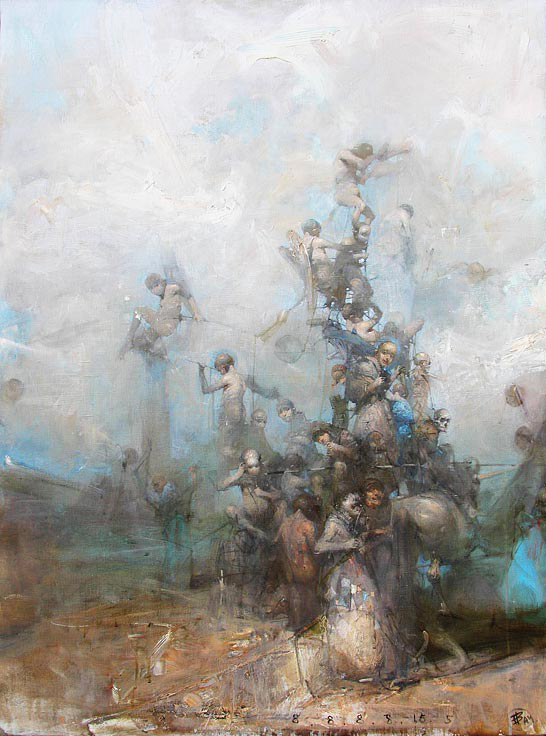
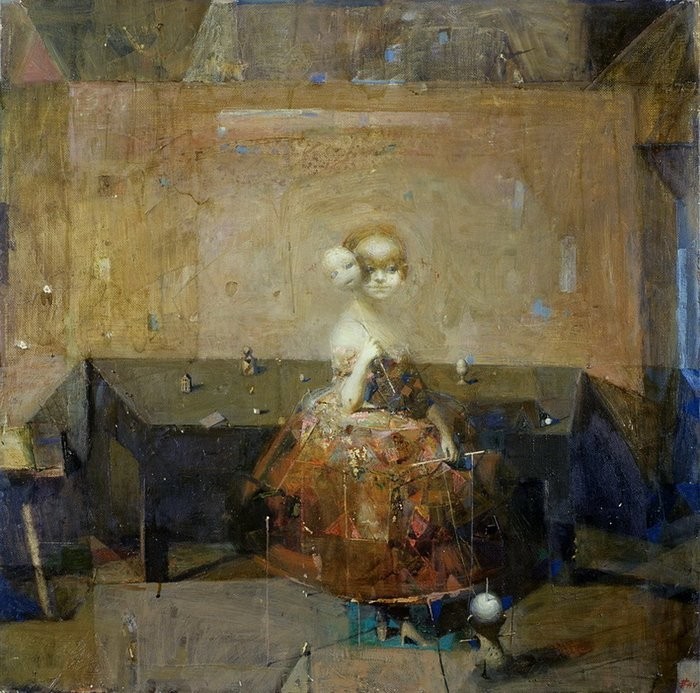
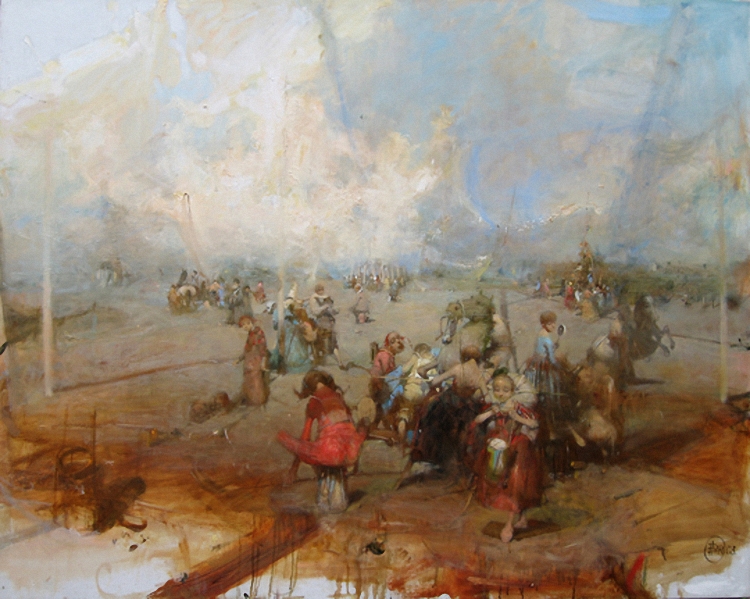
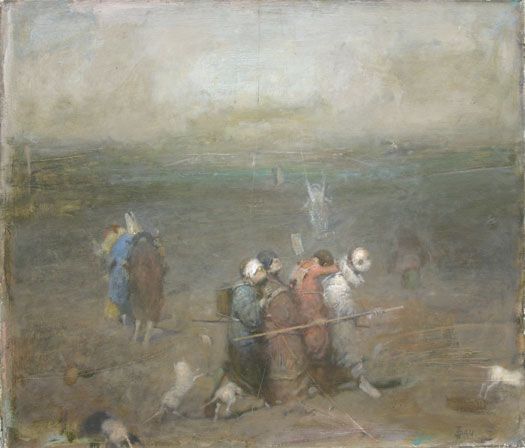
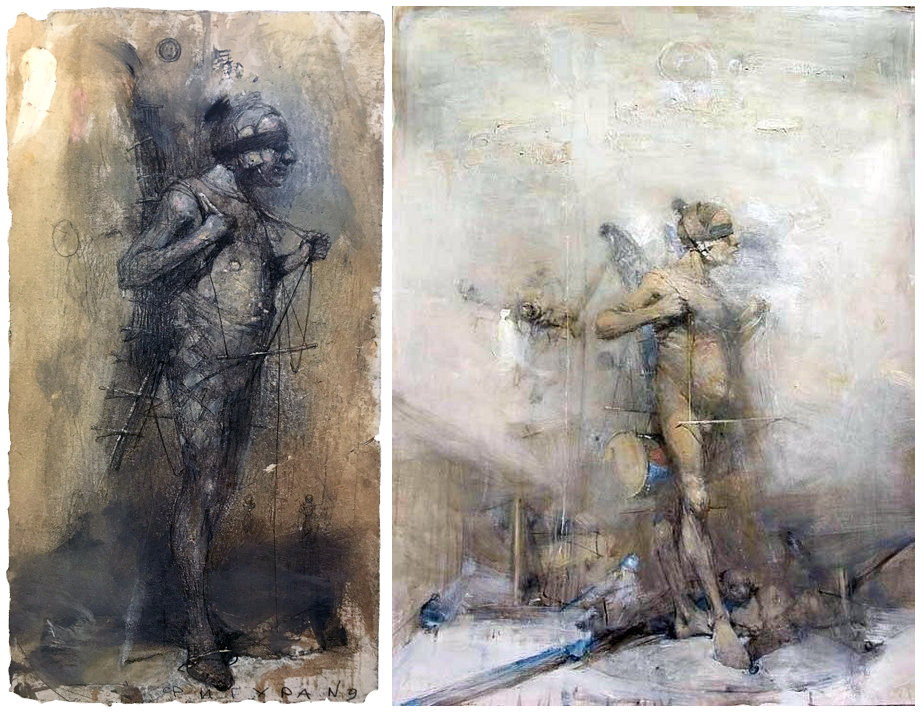

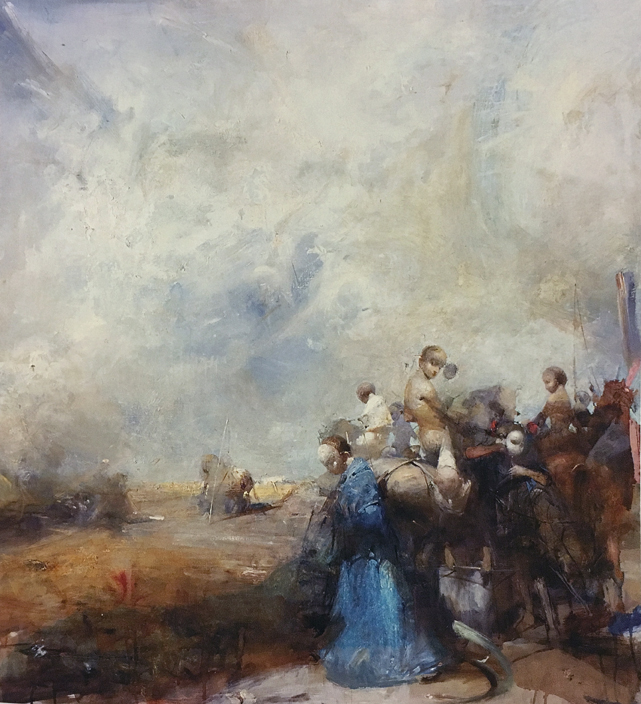
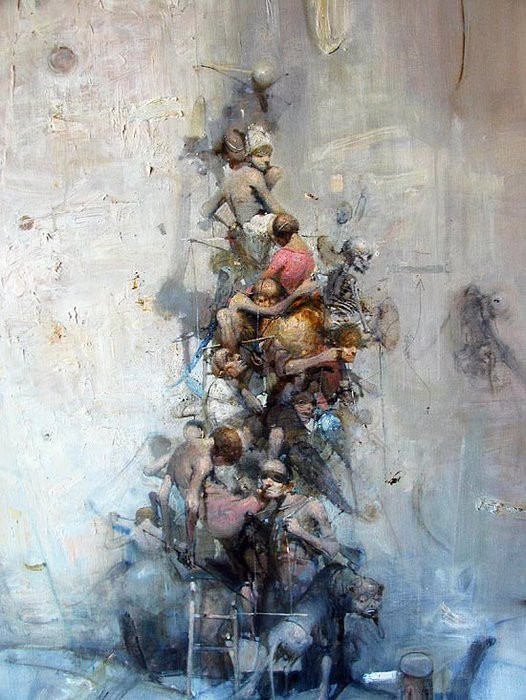
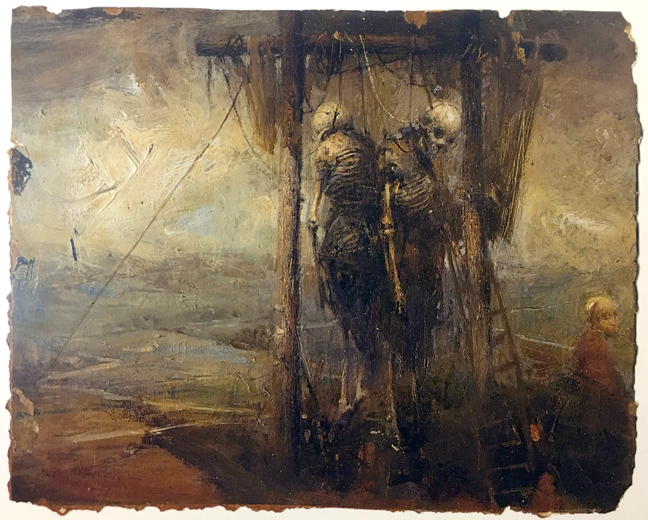
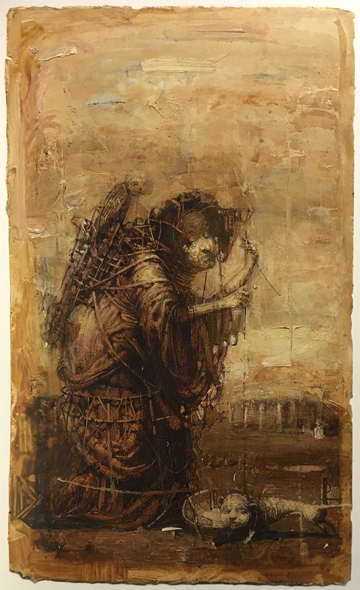
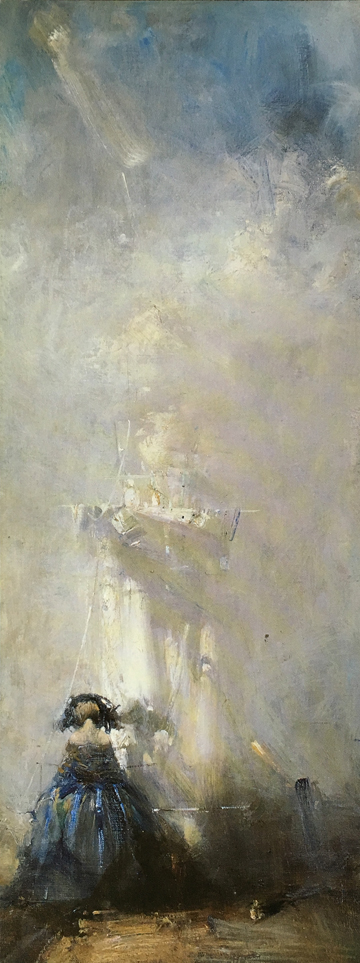
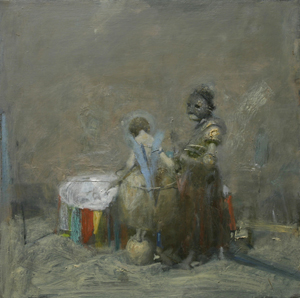
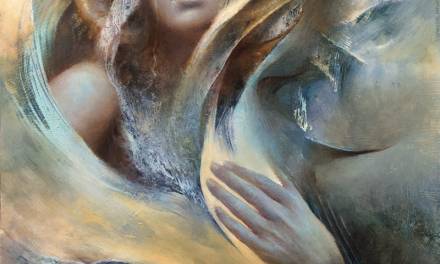
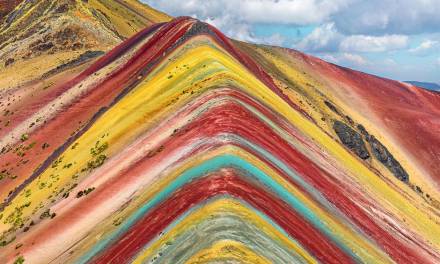
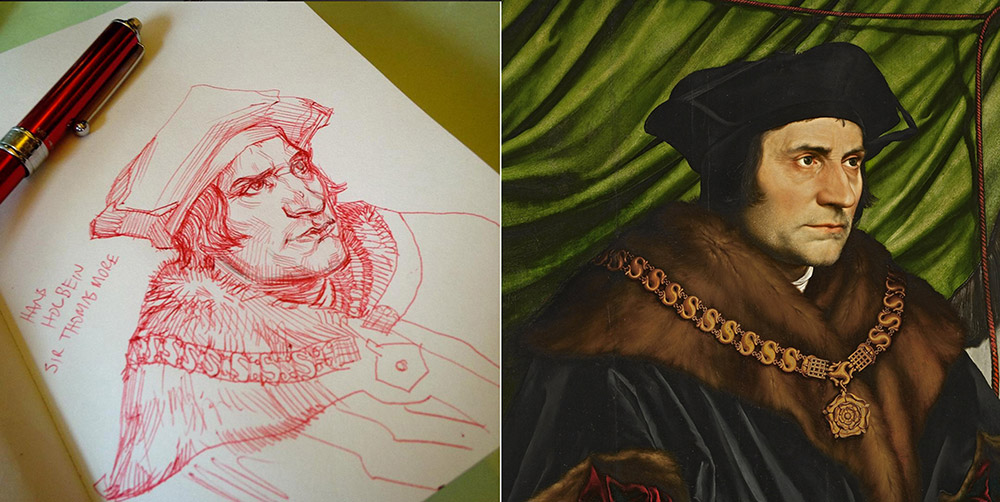

Great Artist! Thanks for sharing this Vanessa, i'm especially drawn to the Old Woman with the woven basket on her back.
Wow! Just when one thinks to have seen all possible art styles, along comes something that stretches the horizon even further. Magical stuff!
Thank you for sharing Vanessa!
Soooo good! Thanks for sharing.
I love his work. Vachagan's skill is masterful. I've met him on two occasions (h speaks no English) and I'm blessed to own four of his oils.